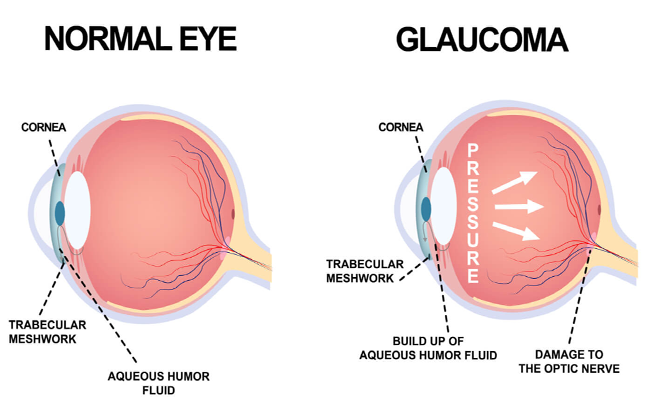

Glaucoma treatment aims to lower intraocular pressure (IOP) to prevent or slow down the progression of optic nerve damage and vision loss. The specific treatment plan depends on the type and severity of glaucoma, as well as individual patient factors.
The goal of glaucoma treatment is to preserve vision and maintain the patient's quality of life by preventing further optic nerve damage and vision loss. Treatment is typically lifelong, and early detection and intervention are crucial for managing the disease effectively.